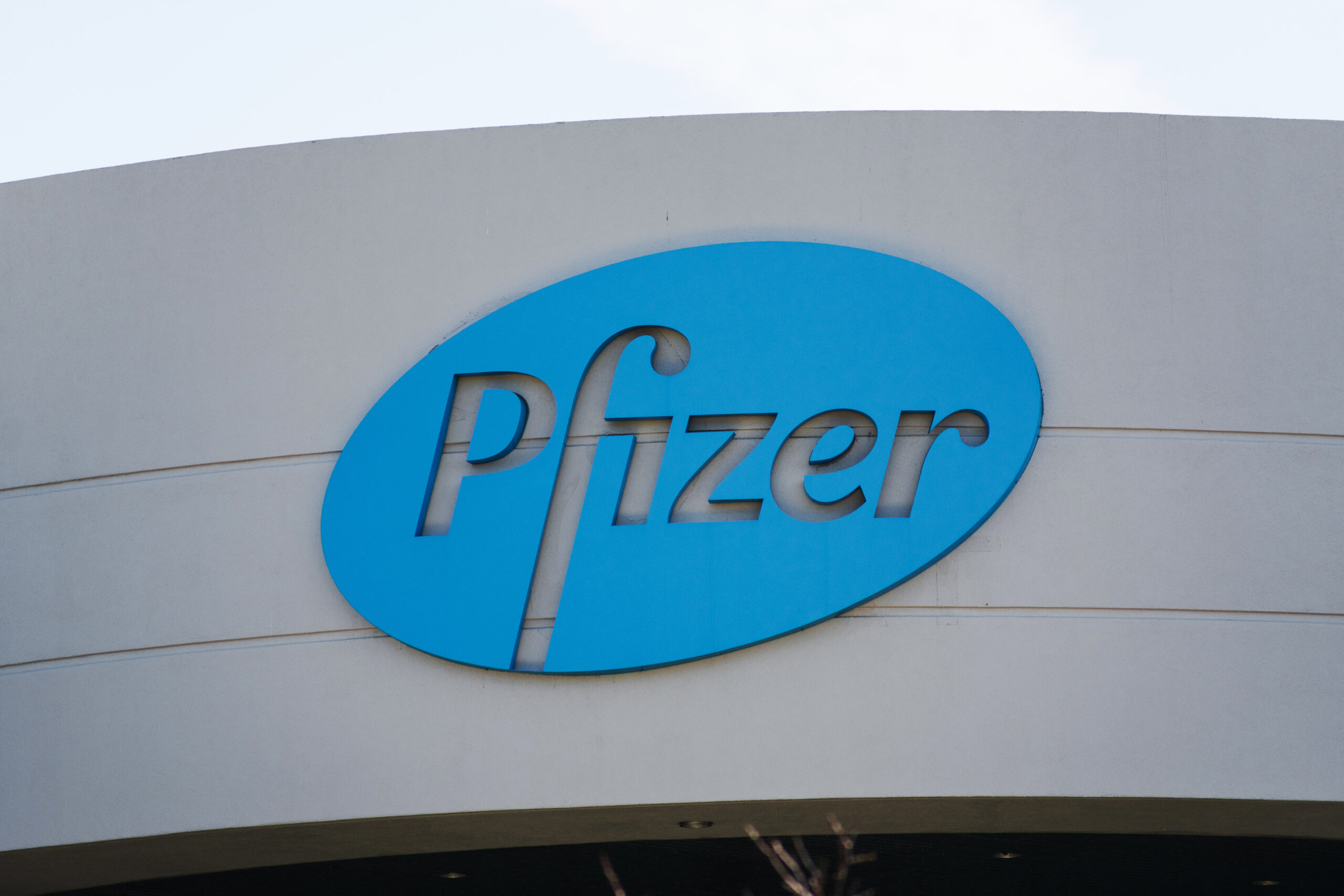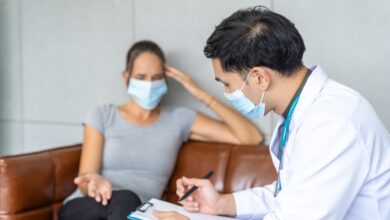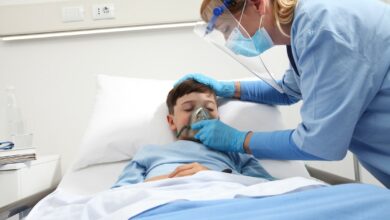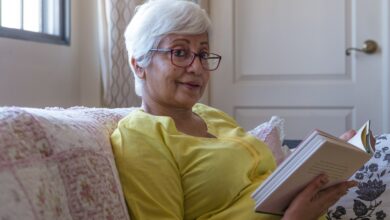A news statement was issued Monday, November, stating PFIZER and partner BioNTech’s Covid-19 vaccine was 90% successful in large scale trials. As a result, global markets surged, and Pfizer’s stocks jumped up 9% or more. Pfizer/BioNTech has the first Covid-19 tested vaccine in the United States to issue late-stage data. The report shows the early analysis of those who received two vaccines at three weeks apart had 90% fewer cases of indicative Covid-19 than participants who were given a control substance.
The interim analysis information comes from an outside monitoring board that investigated 94 infections that occurred in a study with 44,000 participants. Some participants received the vaccine, and it is suspected that the contamination came from those who received placebos.
The news is greeted with a great deal of silent handclapping and soft optimistic cheers. Researchers originally cautioned the health industry that a vaccine would only be about 70% effective. The 90% success rate announced on November 9 exceeds this expectation.
The pharmaceutical and research company is on track to ask for emergency-use consent from the FDA (Food and Drug Administration) by mid-November. The news is a rare glimmer of hope in the fight against the pandemic that has killed more than 1.2 million people worldwide and almost a quarter-million people in the United States.
William Gruber, one of the pharmaceutical company’s main vaccine research and development scientists, said, “This is remarkable to be able to offer hope for a cure.”
The news is a bright spot for the family in the fight to rid the U.S. and the world of the coronavirus pandemic. However, there is missing information about the vaccine. Information on whether the vaccine prevents the types of cases that cause hospitalization and, ultimately, death is not available.
There is also no information regarding if the vaccine protects carriers of the virus.
“Be cautious,” says Michael Osterholm in the Center for Infectious Diseases Research and Policy, University of Minnesota. Osterholm says that a vaccine must be proven to reduce severe illness and death.
Vaccine Technology
The announced vaccine is the first vaccine to be “green-lighted” using a relatively new technology called mRNA. mRNA furnishes the virus’s genetic code directly to the patient’s body rather than to the virus. mRNA technology allows the vaccine to be safe for patients and stimulate the immune system to fight the virus. The technology has also been studied for other viruses in low-income countries. If mRNA technology works on Covid-19, the technology’s possibilities to work on other diseases is tremendous.
Questions about the Vaccine
Once the chief of the FDA’s vaccine department, Dr. Jesse Goodman, stated that the results are promising. He cautioned that several questions still need to be answered.
• How long do the vaccine’s effects last?
• Will the vaccine protect older people in the high-risk category?
• Will it protect younger patients, too?
• How many vaccines and boosters need to be given for Covid-19 protection?
The vaccine team warned that the protection rate of the vaccine could change at the study’s end. Researchers at the company were skeptical about revealing the 90% success rate data at this early stage, but news outlets broke the results and created a ray of hope. The company’s research and development clinic executives warn that although this is good news, it does not mean that a vaccine is ready to be released.
“More study,” states Gruber, “needs to be done.”
When the vaccine is available, health professionals state that initial supplies will be rationed; priority will go to health care workers and those on the front lines.
Side Effects of the Vaccine Seen to Date
Results have not been peer-reviewed or published in a health journal. Pfizer and BioNTech have not released any other details of the vaccine. They have, however, noted side effects of the vaccine, including:
• Aches
• Fevers
•
These side effects are similar to those found in adult vaccines for the flu shot or the pneumonia vaccine. However, the aches and fevers with coronavirus vaccines are much worse.
Supplies of the Vaccine
While the world holds its breath and waits for the vaccine’s final results, researchers warn that the vaccine’s availability will be limited. Up to 50 million doses may be available worldwide by the end of 2020, and perhaps 1.3 billion more vaccines may be available by mid-2021.
There are supply and distribution challenges for the vaccine. The medication needs to be stored at super-cold temperatures of -80C or -112F. Super-cold temperature requirements could make delivering the vaccine to outlaying and low-income countries difficult. However, U.N. organizations are working on solutions, and the company has claimed these issues can be handled.
The U.S., U.K., and the EU have pre-bought supplies of the vaccine. It is predicted that 200m doses are going to the EU, 100m to the U.S., and 40m to the U.K.
Manufacturing is not yet underway, but there will not be enough to supply everyone for at least a year when manufacture does ramp up.
Coronavirus health experts say a need for more vaccines from other companies is vital to end the pandemic. More vaccine discoveries are coming right behind this announcement. Companies like Oxford University/AstraZeneca are close to a viable vaccine. AstraZeneca uses a different technology than the Pfizer vaccine, but it could be just as effective.
The bottom line, all pharmaceutical manufacturers are working, researching, and testing to find a vaccine that will prevent infections and stop people from dying due to coronavirus.
On Monday, 9 November 2020, the announcement is not the end of the pandemic, but the vaccine’s 90% success rate has the world hoping for a cure. Although the test results are early and incomplete, Pfizer/BioNTech vaccine’s success takes the lead in the global race by pharmaceutical companies to find a cure for Covid-19, and Pfizer does it at breakneck speed.
While waiting for the vaccine to be introduced to the public, it is necessary for the health and family protection is to wear face coverings and place the face mask over both the nose and mouth. It is your responsibility to wear face coverings when you are out in public, grocery shopping, or gathering in small groups.






